T.S. Eliot prophesied it: “I will show you fear in a handful of dust.” In May 2005, when Peter Balakian visited the monument to the victims of the Armenian genocide at Margadeh in the desert of Deir ez-Zor, Syria, he compulsively started filling his pockets with dirt. It was almost inconceivable to him that he was standing on the very spot where thousands of his grandmother’s countrymen were massacred after the death marches from Anatolia in 1915. He had been gripped by this story for a long time. As he tells it in his 1997 memoir, Black Dog of Fate: An American Son Uncovers His Armenian Past, this detective work was slow, uncertain, and wracked with anger. One of his aunts chided him:
What good would it have done you, when you were a boy, to know this?… We had a different kind of relationship with our parents. What was private was private. It’s not like today when everything is discussed by everyone to anyone in any place.
In fact, history was on its way to being conveniently forgotten by the time he started poking around the scars:
Safety and numbing were inseparable in my family’s pathology. The United States was a free place, that is, a place where Armenians with their ancient culture in a suitcase were free from bodily harm. Free to worship, practice business, raise families, make art…. My mother and father in different ways were amnesiac about the past, caught in some twilight of half-acknowledgements.
Balakian’s father, Gerard, was born in Constantinople in 1920; his family had fled the first wave of persecution in the 1890s, then came to the US when he was five. He grew up to be a successful physician in suburban New Jersey. Balakian remembers the move from Teaneck to affluent Tenafly, where they belonged to a country club: “As I come to think on the strange sweetness of our life in suburbia, I think of how easily we joined mainstream America.” Gerard’s sister and her husband lived across the Hudson on the Upper West Side; they hosted literary salons where the starstruck writer-to-be, still a teenager, met William Saroyan and Allen Ginsberg.
But on his mother Arax Aroosian’s side, life hewed a little closer to the immigrant experience: family get-togethers on Christian holidays featured lavish, home-cooked Armenian spreads and visits with the widowed grandmother who embarrassed her eldest grandson with foreign terms of endearment and helpless affection. This grandmother, Nafina, survived deportation in 1915 with her two elder daughters; they made the three-hundred-mile journey on foot, under the reign of terror of Turkish gendarmes, from Diyarbakir in southeast Turkey due south to Deir ez-Zor, a name as riddled with horror for Armenians as Auschwitz is for Jews. Nafina’s husband, the father of her children, did not survive. She wound up remarrying and giving birth to Arax in America after some years in a refugee camp in Aleppo.
Peter Balakian was born in 1951; Nafina died in 1964. He was too young to have questioned her about her life, and this haunts the memoir. He is consumed with guilt when he thinks “of the stories she slipped to me in the odd moments of her daily routines, or the dreams, folktales, and half-repressed images I was privy to during the last six years of her life.” His aunts start filling him in, and the graphic details of what they survived and what his research turned up lead to the writing of his memoir, as well as the best-selling The Burning Tigris: The Armenian Genocide and America’s Response (2003), where he lays out the significance of the atrocity:
The US response to the Armenian crisis, which began in the 1890s and continued into the 1920s, was the first international human rights movement in American history and helped to define the nation’s emerging global identity.
Moreover, what happened to the Armenians was “the template for most of the genocide that followed in the twentieth century.”
Reading Black Dog of Fate is good preparation for New York Trilogy, a volume of poetry that collects three previously published long sequences—No Sign (2022), Ozone Journal (2015), and Ziggurat (2010)—into a single personal epic. (Ozone Journal won the Pulitzer Prize in 2016.) As Balakian writes in his author’s note, “The life and imagination of the persona are impacted by various historical events: the Armenian Genocide, Hiroshima, the Vietnam War, the AIDS epidemic, 9/11, the US war in Iraq, and the geo-climate crisis.” Early in the opening sequence comes the moment when “I once picked Armenian bones out of the dirt.”
Because journalism is the American literary form par excellence, it’s not surprising that journalistic values have colonized swaths of fiction and poetry, mostly since the 1960s—though the 1930s were the heyday of social realist poets like Muriel Rukeyser, Charles Reznikoff, and Vachel Lindsay. At their best, poems responding to the headlines have a satiric or bitter edge, like W.H. Auden’s “September 1, 1939”: “The unmentionable odour of death/Offends the September night.” At worst, they merely echo facts and sentiments we have read elsewhere, which both puts the cart before the horse (what has more reach, a poem or a headline?) and betrays poetry’s figurative powers by stating the literally bleeding obvious.
Balakian, like many in his generation of “witness” poets (Carolyn Forché, Lawrence Joseph), splits the difference between poetry’s compression and journalism’s immediacy:
Women along the roadside in—burqa—
wrapped in black, I thumbed it on my iPhone.
Past the massive walls of the Aleppo Citadel,
wrapped in black.
I dozed in the throaty dust of Arabic and Armenian
coming off cell phones in the front seat.
It is sometimes hard to distinguish between journalistic terseness and poetic confessionalism:
When the driver stopped for arak at a gas station the color of
pomegranates/smeared plums/Syrian lavender/
I was texting Ani back in Boston—the send-icon spinning nowhere.
The operational mode is the collage, a series of images and phrases, akin to montage in film; the language, we might say, is “clipped.” And as in journalism, the poet reports with little editorializing, letting the images speak for themselves.
Both of the passages I’ve just quoted are stand-alone versets, which are numbered and compose the long sequences of each titled section: “A-Train/Ziggurat/Elegy” and “No Sign” have forty-five versets each; “Ozone Journal” has fifty-four. Each verset is, for the most part, a snapshot. We’re dropped into the scene. There is not a lot of explanation or background; when friends and loved ones are mentioned, their names feel like shards of privacy. Conveyed with equal intimacy, but more immediately grasped, are the references to artists Balakian holds dear:
Everything was tangled up in blue.
Seeping glaze on the Delft jug,
liquefaction of the Virgin’s silk
as it spread in Titian’s cobalt
This leads by association to “Miles’s Blue in Green” and “Bill Evans making the rain thin//to a beam of haze before the/horn comes back from under water.”
Raymond Queneau, in his 1947 book Exercises in Style (wherein one banal anecdote is retold a hundred times in a hundred different ways), called this approach “notational,” which may suggest distillation but is not exactly the same thing as compression. Ezra Pound’s famous axiom from ABC of Reading, “dichten=condensare,” equated the German cognate for writing poetry with the Italian for condensation, highlighting the nature of poetry as an almost physical thickening or concentration. But thickening slows language, slows reading. Notational style speeds it up. I found myself skimming Balakian’s poems, as the style seemed to demand:
Etemenaki—tower of Babel/
Babuli: gate to God
chthonic zig zag of hubris
(not far from Ur), at the heart of a great city,
echoing the question Prometheus asked:
does God have a right to heaven alone?
Yet while the notational style is speedy, terse, and provisional (as in “the color of/pomegranates/smeared plums/Syrian lavender”—refusing to choose, to compress), it is offset by the range, geographic and chronological, of the book’s subject matter. The final sequence, “No Sign,” is a dialogue poem between an anonymous him and her, Lui and Elle, reimagining the script of Alain Resnais and Marguerite Duras’s Hiroshima mon amour. With Little Boy hovering over them, He and She discuss the K-T mass extinction, Lucretius’s atoms, Pangaea, the sun’s future expansion, and black holes. Toggling between the intimate and the cosmic makes great formal demands on the reader, and while New York Trilogy interested me conceptually, I’m not sure I could say I was deeply moved by it (as I was by, say, Black Dog of Fate): when the speaker wasn’t keeping me at arm’s length, the cosmic drama was keeping me at arm-of-a-spiral-galaxy’s length.
For Queneau, there was no hierarchy among his hundred styles—no matter how outlandish, every approach he demonstrated had its uses. A spectral horror emerges from Balakian’s elliptical notation of those pocketfuls of dirt from Deir ez-Zor. By contrast, consider the metaphorical expansiveness of Angie Estes in her poem “Remains”:
Romans built their roads
on top of
older roads—the words street and
strada, Latin
for roadway, come from
strata, layers—in the same way that
graves in the Old Jewish
Cemetery
in Prague were stacked on top
of each other for centuries:
as many as
twelve layers separated only
by a new heap
of soil…
The persona here is that of a professor, dilating on cognates in a breezy but erudite tone, bejeweling her monologues with learned quotes and references. (In a neighboring poem we learn that “humanitas ‘comes first and properly from humando, burying.’”) Alighting from Rome to Prague to Rome again, Estes shows us the Cinema Alberto Sordi, an underground movie theater whose design incorporates a view of ruins found during its excavation, then she jumps to:
…while Muscadet in the Pays
Nantais region of France ages
in subterranean glass-lined
tanks sur lie so that the wine
stays in contact with the dead
yeast cells for a fuller, richer
finish.
Like Balakian, Estes uses a fair bit of montage in her technique, suggesting the speed of a nimble mind making association after association. But that is not what she is doing at the lexical level, or with her lines and line breaks: we are slowed down, not sped up, by the choices she makes, from the heavy assonance of “Muscadet,” “Pays,” “Nantais,” “ages,” “subterranean,” “stays” (interleaved with the lighter “France,” “glass,” “tanks”), to the use of estranging foreign phrases, to sly enjambments that imply the wine “stays in contact with the dead” and wrong-foot us with “fuller, richer” when the word that ends the sentence is, ironically, “finish.” This final flourish steers us back to the title and makes us notice that “remains” is a pun—on “Romans.”
This is what Pound meant by thickening, and almost every Estes poem has this quality of concentration. While she deploys sentence fragments in her centos and erasure poems, these are experimental outliers. For her, the sentence has a metaphorical and philosophical relation to time itself, as we read in “Solstice”:
Towards the end
of her life, my mother kept
saying I’m going to be here
as long as I’m supposed
to be, as long as the days
of June and as long as
Proust said a sentence needs
to be because it contains a
complete thought, and no matter
how complex it may be, the thought
should remain intact because the shape
of the sentence is the shape
of thought…
And indeed the sentence doesn’t end there: maintaining grammatical integrity and equilibrium, it winds on for a page and a half—through memory and the solstices of yesteryear—until it eats its own tail:
here, as if the shorter
the days become, the longer the sentence
needs to be.
“Solstice,” with its images of lengthening and shortening and the race of words against time, is an ecstatic poem about age, in a book presided over by both the patron saint of time (not to mention long sentences), Marcel Proust, and the “eternal city,” Rome.
Last Day on Earth in the Eternal City is Estes’s seventh book, and it is no great departure from what has been a consistent performance of rapturous virtuosity. The titles alone of her previous books suggest her penchant for sensuality and glamour: The Uses of Passion (1995), Chez Nous (2005), Tryst (2009), Enchantée (2013). The chatty, professorial persona in poems like “Remains” is the flip side of the voluptuary, the swashbuckling lesbian, always in love with someone or other. The erudite and the sybaritic are wed in poems like “You Had Me at Premier Cru,” which ends on a quote from the Bible, Jeremiah 20:7: “O Lord you have seduced/me, and I let myself/be seduced.”
It takes a lot of bravado to title a poem “You Had Me at Premier Cru,” or to say of a lover “she’s somewhere/between Pavlov and Pavlova,” or to tell her “Vous me with that vous-do that you/do so well.” Entire poems might hinge on puns, or dissections of figures of speech and even grammar. “I Can’t See the Hour” is a disquisition on the Italian phrase Non vedo l’ora, an idiom for “I can’t wait.” “She Said She Saw Vowels” turns on a malapropism (she meant “voles”) and its proximity to “holes,” specifically the holes made by worms in a volet gauche (the left-hand pane) that match the wormholes in the other panels of the Cimabue triptych it has been separated from. (Matching holes and vowels: wit about nothings!) A verb tense in French or Latin might be a stepping stone to an epiphany, as in “Liaison,” where the fact that Michelangelo, instead of signing a work “faciebat, third person singular imperfect/active indicative of the Latin word facere,/to make,” signed it “facieba, omitting the final letter t,/and thus creating an imperfect form/of the imperfect.” Her macaronic wordplay is in a league of its own, mingling “Louvre” with “velour,” “l’ame” with “lame,” “not yet” with “nyet.”
There’s little circumstantial information on Angie Estes, who seems to give few interviews and rarely dwells on biographical details. She teaches in the low-residency MFA program at Ashland University in Ohio. Her poems glance at an upbringing in the Blue Ridge Mountains, and learning piano on a cardboard keyboard because there wasn’t money for piano lessons. She earned a Ph.D. but never an MFA, so she never got run out of workshop for breaking the standard American MFA rules: no fancy vocabulary; for god’s sake no foreign phrases unless they came from your grandmother; no punning or rhyming; no highbrow allusions. The range of reference—Rome, Venice, Paris; Proust, Barthes, Joyce; opera, ballet, painting—would be daunting if her ebullience weren’t so inclusive, embracing. It’s no surprise that she resembles two other poets who lacked the usual credentials: Kay Ryan and James Merrill, with early Wallace Stevens thrown in for good measure.
The mistake that ideological readers make—readers who draw snap conclusions about form, vocabulary, or subject matter—is supposing that rhetorical devices, such as Estes revels in, are ornamental instead of part of the fabric of the poet’s philosophy. Death is everywhere in Last Day on Earth in the Eternal City, masquerading among the rich images. It appears in the “not,” “no,” and “un-” constructions, as well as the aforementioned vowels and holes. One of the epigraphs of the book (unattributed) goes, “The summer after the war in Ukraine began, she said: the cherries will be ripe, but there will be no one there to pick them….” The pathos of beauty is that there may be no one there to appreciate it, which makes it a victim, like us, of death’s cruelty. But while we are alive, Estes says, let’s open up our senses:
You open beneath me and
speak
rapid Russian phrases that I—a
woman
stitched to Earth and one
worn
language—will never know the
meaning of.

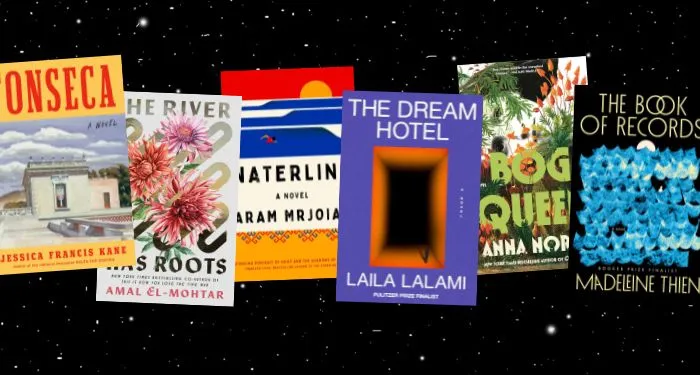
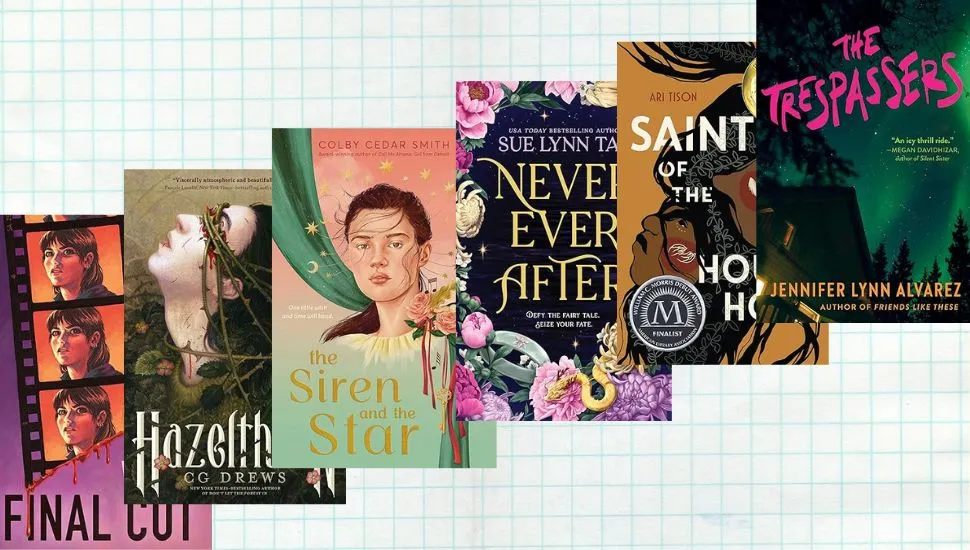




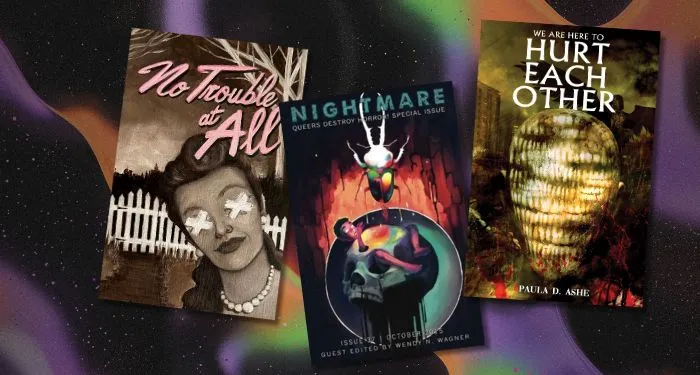





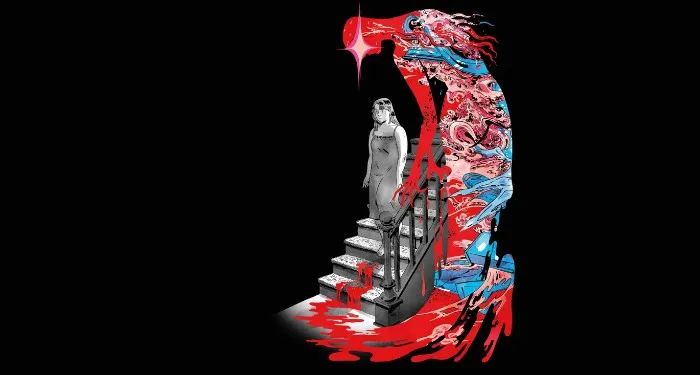
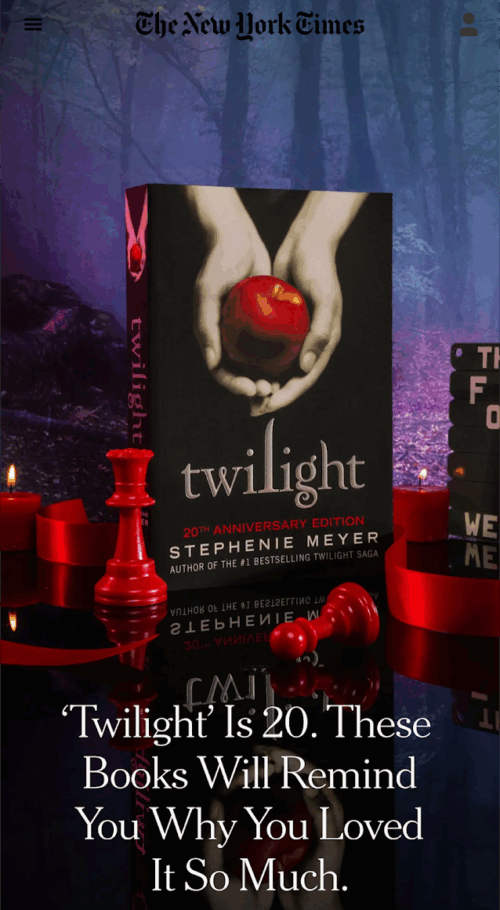
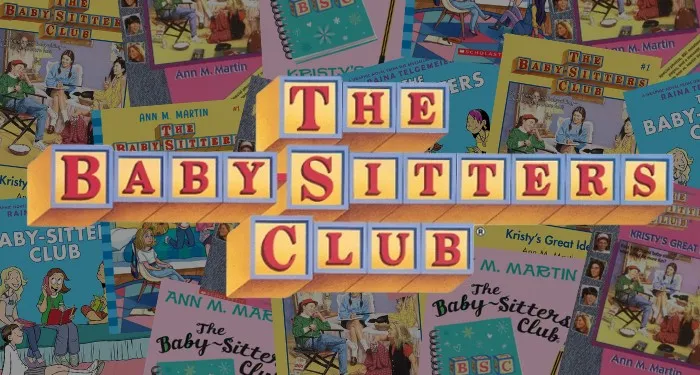



 English (US) ·
English (US) ·